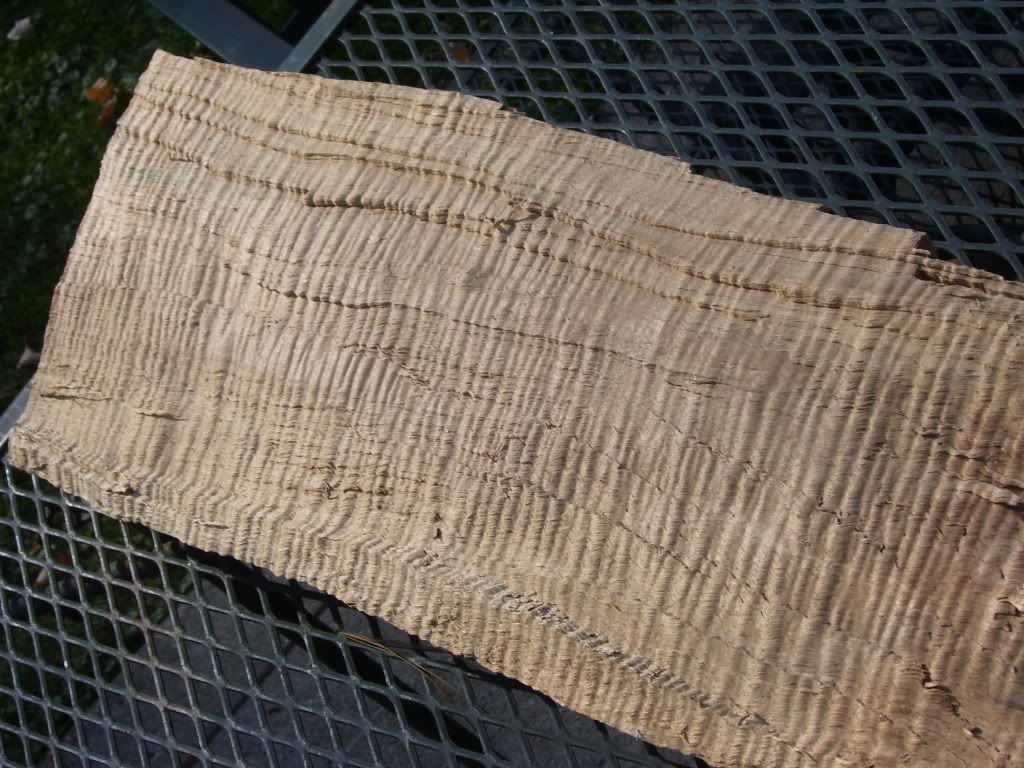GANGGREEN
45 Cal.
I've been reading this board for a few years and don't think I've seen this addressed. I've made two guns from pre-carves and I'm presently building a third, but I'm getting more and more inclined to cut some logs on my property and have them milled for stock blanks.
I have some hickory and I'm very curious about that. I know that rifles have been made with hickory, but I also know that they're very uncommon and I'm curious if its just about what was done historically or if there's some other logical reason why it's not commonly used.
Secondly, what percentage of hard maple or soft maple trees would have curl? Is it 10%? 1%? 30%? I'm really curious to know. Of the maple that does have some obvious curl, what percentage of that would have a lot of curl (say 50-60% or more for the average milled gun plank)?
I have some hickory and I'm very curious about that. I know that rifles have been made with hickory, but I also know that they're very uncommon and I'm curious if its just about what was done historically or if there's some other logical reason why it's not commonly used.
Secondly, what percentage of hard maple or soft maple trees would have curl? Is it 10%? 1%? 30%? I'm really curious to know. Of the maple that does have some obvious curl, what percentage of that would have a lot of curl (say 50-60% or more for the average milled gun plank)?





